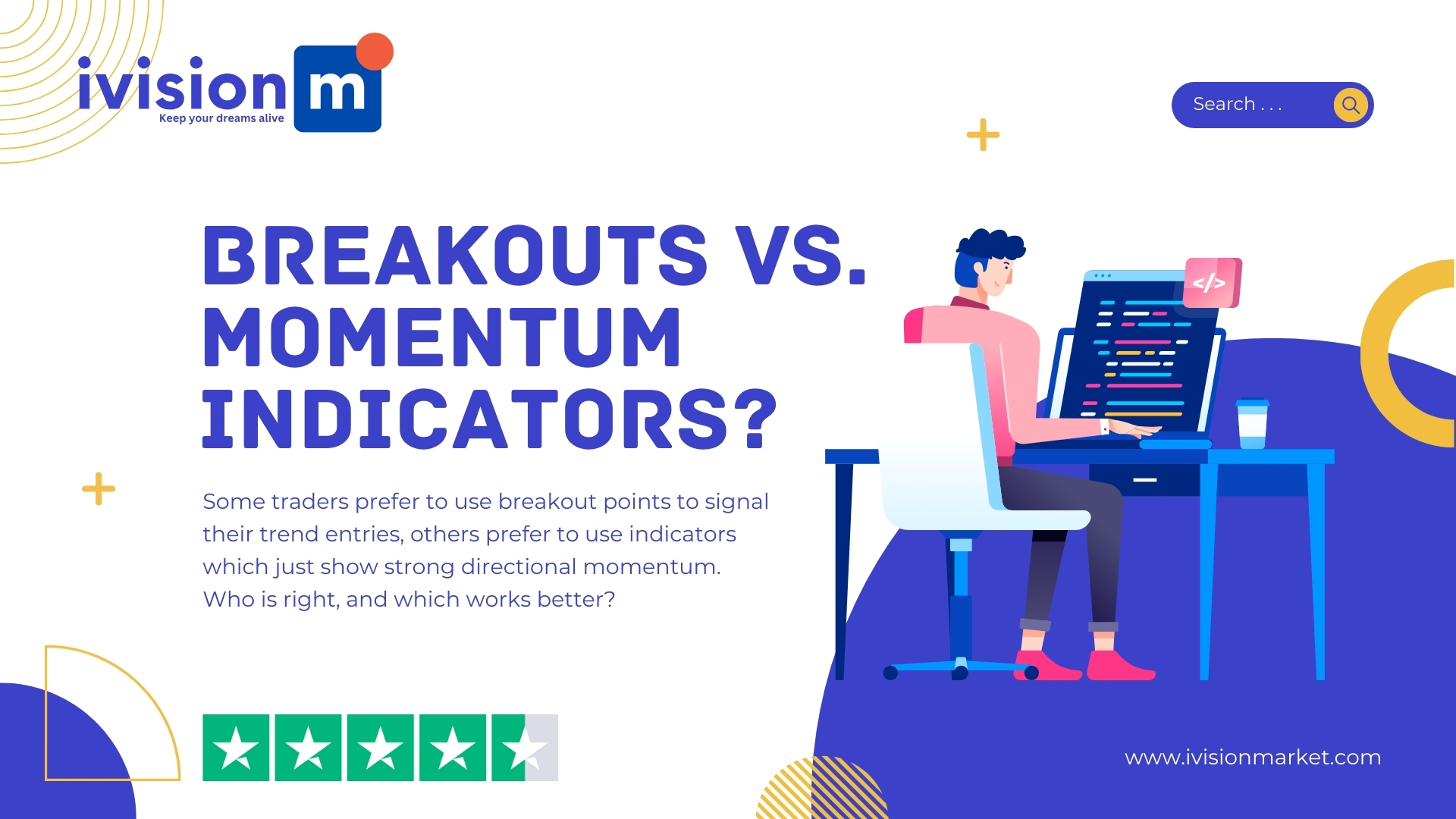Breakouts vs. Momentum Indicators?

Breakouts and momentum indicators are two types of technical analysis tools used by traders and investors to make decisions in the financial markets. While they serve different purposes, they are often used in conjunction to gain a comprehensive understanding of market trends and potential entry or exit points. Let’s explore the characteristics and differences between breakouts and momentum indicators:
Breakouts:
- Definition:Breakout: A breakout occurs when the price of an asset moves above or below a certain level, such as a support or resistance level. It signifies a potential change in the trend or the beginning of a new trend.
- Purpose:Identifying Trends: Breakouts are used to identify the initiation or continuation of a trend. Traders look for breakouts to take advantage of potential price movements.
- Key Points:Resistance and Support: Breakouts often occur at key levels of resistance or support. Traders watch for price movements that break through these levels as potential signals to enter or exit a trade.Volatility: Breakouts are often associated with increased volatility, as they represent a shift in market sentiment.
- Common Tools:Chart Patterns: Breakouts are often associated with chart patterns like triangles, rectangles, and head and shoulders patterns.
Bollinger Bands: Traders may use Bollinger Bands to identify potential breakouts when the price moves outside the bands.
Momentum Indicators:
- Definition:Momentum Indicator: Momentum indicators, such as the Relative Strength Index (RSI) or Moving Average Convergence Divergence (MACD), measure the speed and strength of a price movement. They help identify overbought or oversold conditions.
- Purpose:Confirming Trends: Momentum indicators are used to confirm the strength of a trend. They can signal whether a trend is losing or gaining momentum.
- Key Points:Overbought and Oversold: Momentum indicators provide information on whether an asset is overbought or oversold. Overbought conditions may suggest a potential reversal or pullback, while oversold conditions may indicate a possible bounce.Divergence: Divergence between price and momentum indicators can be a signal of a weakening trend.
- Common Tools:RSI (Relative Strength Index): Measures the speed and change of price movements. An RSI above 70 may indicate overbought conditions, while an RSI below 30 may indicate oversold conditions.MACD (Moving Average Convergence Divergence): Measures the relationship between two moving averages. Convergence and divergence of these averages can signal changes in momentum.
Comparison:
- Timing:Breakouts: Focus on potential trend reversals or the beginning of new trends.
Momentum Indicators: Assess the strength and speed of an existing trend.
- Use in Conjunction:Traders often use both breakouts and momentum indicators together. For example, a breakout accompanied by strong momentum on a momentum indicator may provide a more robust signal.
- Volatility:Breakouts are often associated with increased volatility, especially during significant price movements.
Momentum indicators can help gauge whether the price movement is sustainable or if it may be prone to a reversal due to overextension.
In summary, while breakouts and momentum indicators serve different roles, they are complementary tools that traders often use together to gain a more comprehensive view of market conditions. Breakouts help identify potential trend changes, while momentum indicators provide insights into the strength of existing trends.
